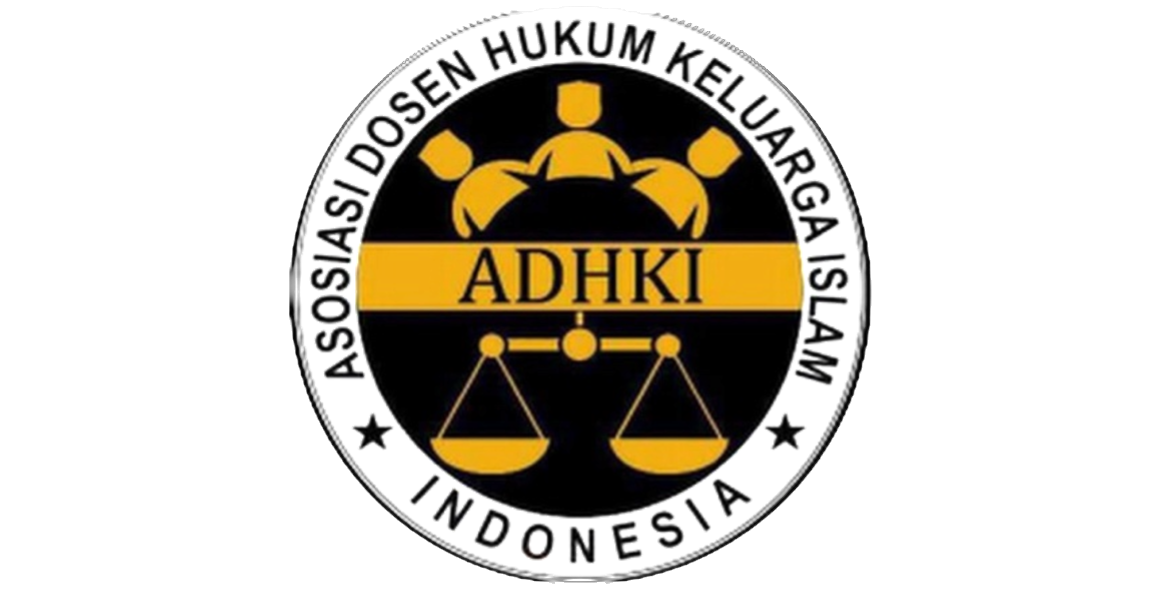ADDITIONAL MENU
| Focus & Scope |
| Author Guidelines |
| Peer Review Process |
| Publication Ethics |
| Publication Frequency |
| Copyright Notice |
| Plagiarism Policy |
| Open Access Policy |
| Archieving |
ARTICLE TEMPLATE
SCOPUS CITESCORE
IN ASSOCIATION WITH
TOOLS



VISITOR STATISTICS









